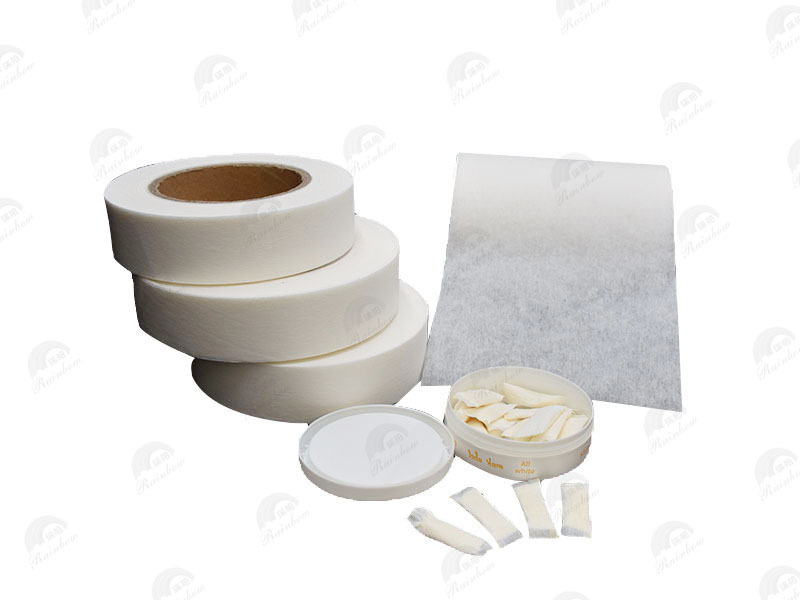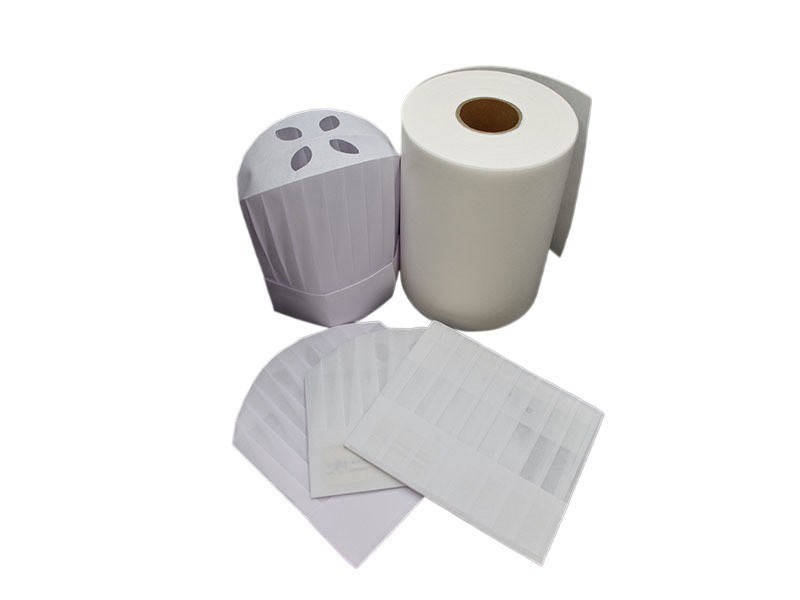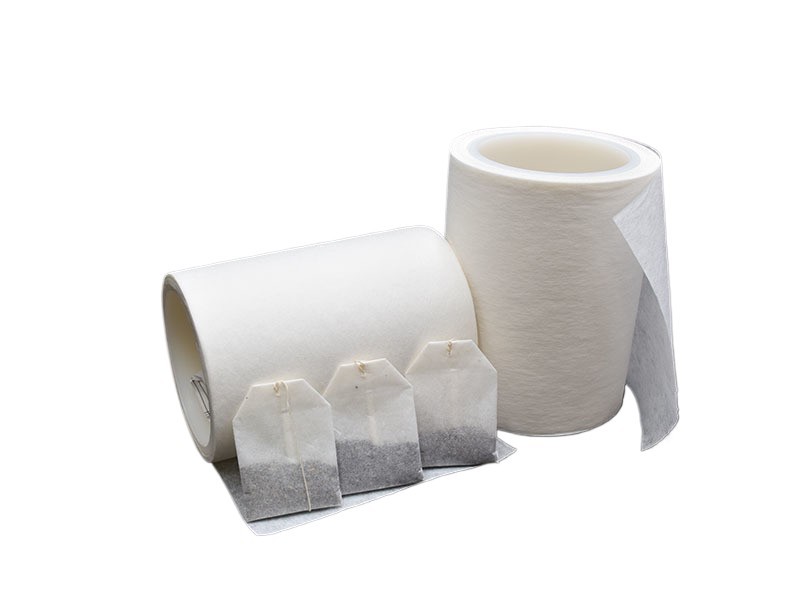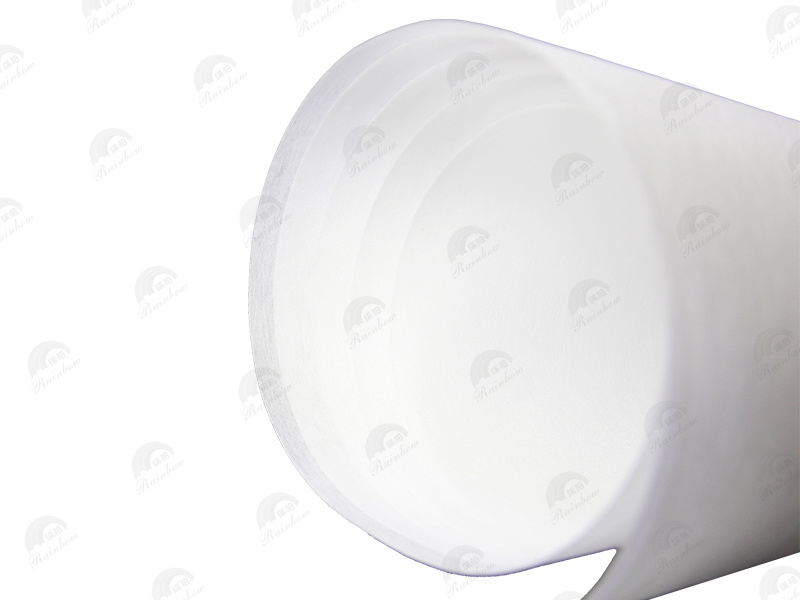Exploring Lightweight Nonwoven Interlining for Shirts: A Key Component for Quality Apparel
Release time:
2025-07-04
When it comes to producing high-quality shirts, the choice of interlining plays a crucial role in both the functionality and overall aesthetic. Lightweight nonwoven interlining has emerged as a popular option due to its unique properties and advantages. This material, made from synthetic fibers, offers an excellent balance of strength and softness, making it ideal for shirt applications.
One of the key benefits of lightweight nonwoven interlining is its ability to provide structure and support without adding unnecessary weight. This is particularly important for shirts, where a lighter feel can enhance comfort during wear. The breathable nature of nonwoven fabrics allows for better air circulation, preventing overheating and ensuring that the wearer remains comfortable throughout the day.
In addition to comfort, lightweight nonwoven interlining is known for its versatility. It can be used in a variety of shirt styles, from casual to formal, and can easily adapt to different fabric types. Whether it’s cotton, linen, or blends, nonwoven interlining can effectively provide the desired drape and finish, making it a preferred choice among apparel manufacturers.
Moreover, the durability of nonwoven interlining stands out in the textile industry. Unlike traditional interlinings, which may degrade over time, lightweight nonwoven options are designed to maintain their integrity and support through multiple washes and wears. This makes them a cost-effective solution for brands looking to enhance the longevity of their products.
Another aspect to consider is the ease of application. Lightweight nonwoven interlining can be easily fused to fabrics using heat and pressure, streamlining the production process. This efficiency not only saves time during manufacturing but also reduces labor costs, making it an attractive option for companies aiming to improve their operational efficiency.
In terms of sustainability, many manufacturers are now producing lightweight nonwoven interlining from recycled materials, aligning with the growing demand for eco-friendly practices in the textile industry. Choosing sustainable options not only meets consumer expectations but also contributes to reducing the environmental footprint of garment production.
In conclusion, lightweight nonwoven interlining is a vital component in the production of high-quality shirts. Its unique combination of lightness, durability, and versatility makes it an excellent choice for apparel manufacturers seeking to enhance garment performance and consumer satisfaction. As the textile industry continues to innovate, lightweight nonwoven interlining remains an essential material choice for creating sophisticated, comfortable, and long-lasting shirts.
One of the key benefits of lightweight nonwoven interlining is its ability to provide structure and support without adding unnecessary weight. This is particularly important for shirts, where a lighter feel can enhance comfort during wear. The breathable nature of nonwoven fabrics allows for better air circulation, preventing overheating and ensuring that the wearer remains comfortable throughout the day.
In addition to comfort, lightweight nonwoven interlining is known for its versatility. It can be used in a variety of shirt styles, from casual to formal, and can easily adapt to different fabric types. Whether it’s cotton, linen, or blends, nonwoven interlining can effectively provide the desired drape and finish, making it a preferred choice among apparel manufacturers.
Moreover, the durability of nonwoven interlining stands out in the textile industry. Unlike traditional interlinings, which may degrade over time, lightweight nonwoven options are designed to maintain their integrity and support through multiple washes and wears. This makes them a cost-effective solution for brands looking to enhance the longevity of their products.
Another aspect to consider is the ease of application. Lightweight nonwoven interlining can be easily fused to fabrics using heat and pressure, streamlining the production process. This efficiency not only saves time during manufacturing but also reduces labor costs, making it an attractive option for companies aiming to improve their operational efficiency.
In terms of sustainability, many manufacturers are now producing lightweight nonwoven interlining from recycled materials, aligning with the growing demand for eco-friendly practices in the textile industry. Choosing sustainable options not only meets consumer expectations but also contributes to reducing the environmental footprint of garment production.
In conclusion, lightweight nonwoven interlining is a vital component in the production of high-quality shirts. Its unique combination of lightness, durability, and versatility makes it an excellent choice for apparel manufacturers seeking to enhance garment performance and consumer satisfaction. As the textile industry continues to innovate, lightweight nonwoven interlining remains an essential material choice for creating sophisticated, comfortable, and long-lasting shirts.
Lightweight Nonwoven Interlining for Shirts
Latest News
Nantong Rainbow Technology Co., Ltd.
Telephone:+86-13587673537
E-mail:chrislc717@163.com
Address: Group 42, Xizansi Village, Xiting Town, Tongzhou District, Nantong City, Jiangsu Province

Copyright©2024 Nantong Rainbow Technology Co., Ltd. | Powered by www.300.cn
Copyright©2024 Nantong Rainbow Technology Co., Ltd.
Powered by www.300.cn





